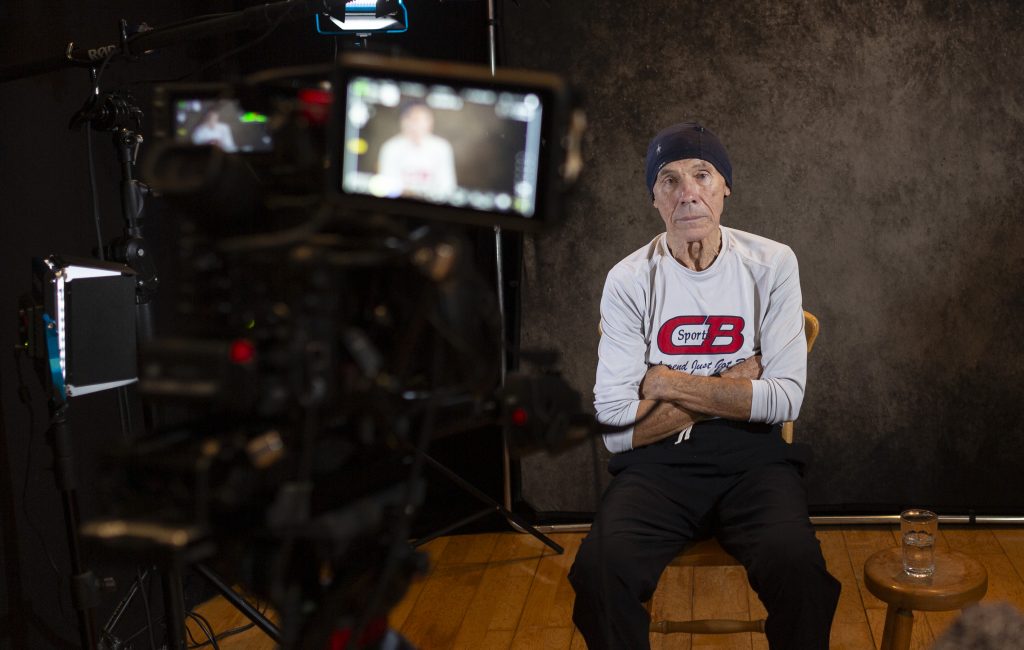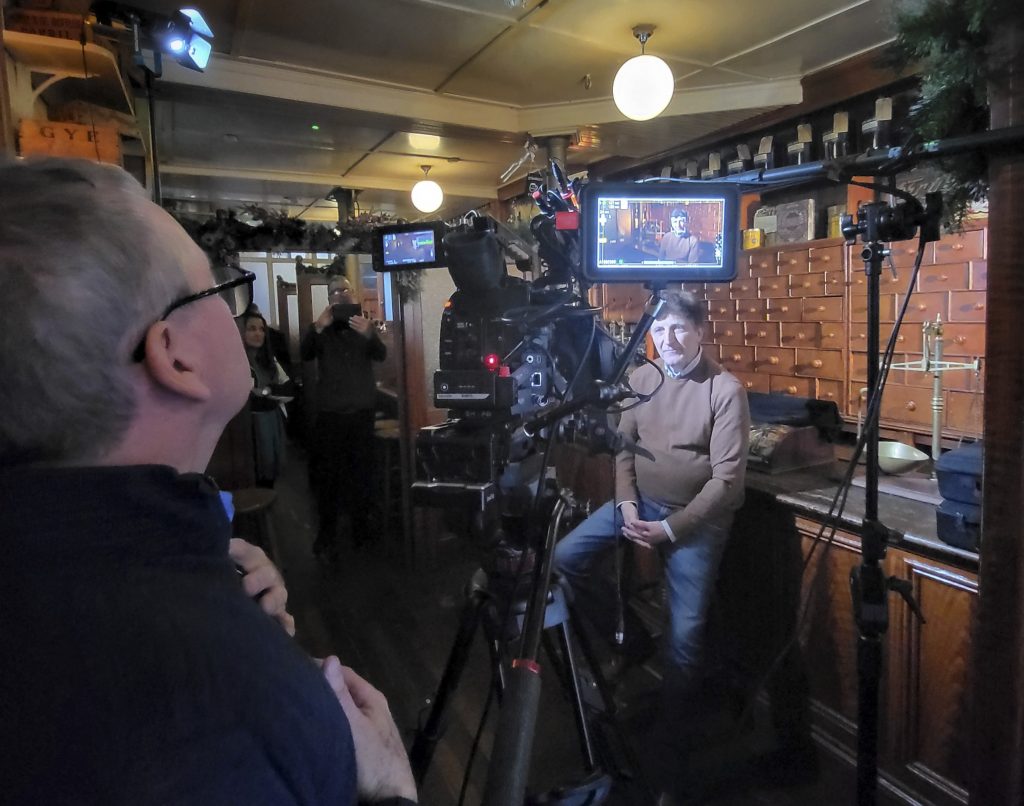LOGLINE
The long shadows of The Civil War in Waterford.
The Aftermath is the third film produced and directed by John Foley about the 1916-1924 period of Irish History. John produced the first film Díoltas in 2019 which followed the events around the kidnapping of District Inspector Gilbert Potter by the IRA in 1921 during the War of Independence. That film traced the events and the route taken by the IRA with Gilbert Potter across the Knockmealdown and Comeragh Mountains. The film won first prize in the National Student Media Awards for the best TV Production in the Irish Language that year. In 2023 the second film The Dying Days was screened. It focused on General Liam Lynch during the closing months of the Irish Civil War. The idea for The Aftermath came at the premiere of The Dying Days where a number of people suggested that it would be worth exploring what happened to those involved after the Civil War.

The War Of Independence and The Irish Civil War cast a long shadow on Irish society. This film sets out to explore the impact of both the War Of Independence and the Irish Civil War on those who were involved in County Waterford. The project includes over 30 interviews with descendants of families involved and interviews with local local historians. It examines some of the original events such as The Burgery Ambush, The Siege of Waterford and the escape of anti-treaty IRA men to Canada and the USA. Historical photographs from the period, simple artistic imagery such as hiding guns, passing dispatches and shadows of men crossing remote areas, evocative scenic imagery of Waterford to help the viewer to interpret a very difficult part of our history which for most of us was not taught in school.
Originally the project set out to explore themes such as: What were the direct and indirect impacts on people in the years following the wars. Was the experience of men different to that of the women involved? Why did people not talk about what happened? Why do some remember and commemorate what happened while others wish to forget about it? What are the thoughts of people in 2023 looking back over the last 100 years? What is the legacy of the 1920’s in 2023?
In in addition to the original objectives the following themes also emerged: The role of church and state, change in attitude towards women in the new state after the civil war and impact on the big houses and those with a British ancestry. The other key theme to emerge is the willingness of the current generation to take part in this project and to talk about their parents, grandparents and demonstrating a very strong sense of pride in what their ancestors did.

A wide range of perspectives and viewpoints have been captured across the 30 plus interviews. Many descendants describe ancestors who took the anti-treaty side to the conflict and hold strong opinions to the current day. Others describe ancestors who took no further part in conflict after the War of Independence. A few people talk about ancestors who were on the pro-treaty side of the conflict. Despite putting out several calls for interview participants, it has been difficult to get descendants of soldiers who fought on the free state side of the civil war.

There was over 20 hours of interview material. Initial selections were made of potential material to be included in the final film. The first half of the film provides an overview of what happened in Waterford during the Ware Of Independence. It then follows the escape of some key figures to Canada in 1923 and their subsequent return to Ireland in the 1930s when Eamon deValera came in to power. It then explores the legacy and the impact on those involved and their descendants. The contributors draw on witness statements, personal diaries, pension applications, newspaper articles and oral family history passed down through the generations.
While it was understood that many of those involved did not talk about the period or their involvement we got further insight to the reasons behind this. Tommy Mooney and Pat Ormond had listened to their fathers speaking about it and give us a better understanding why it was so difficulty for their parents to talk about it. What became clear is that those involved would speak about what happened with former colleagues they would not talk to others including family members about it.
The original objective was to create a 20 minute documentary interviewing perhaps 10 contributors. Due to the high interest and the sheer volume of material the end result is a 75 minute documentary. In addition to the main film we have created some short clips that are not in the main film but give a deeper insight to some of the incidents that took place.
This project is supported by The Decades Of Centenaries via Waterford City & County Council. It is a difficult and sensitive subject for many and we are very grateful for all those who contributed in a very open and forthcoming manner. The content and balance of the film reflects the views of those who came forward to take part. Hopefully we have created a film that gives and insight to a period of our history that not been spoken about in a fair, balanced and respectful manner.
